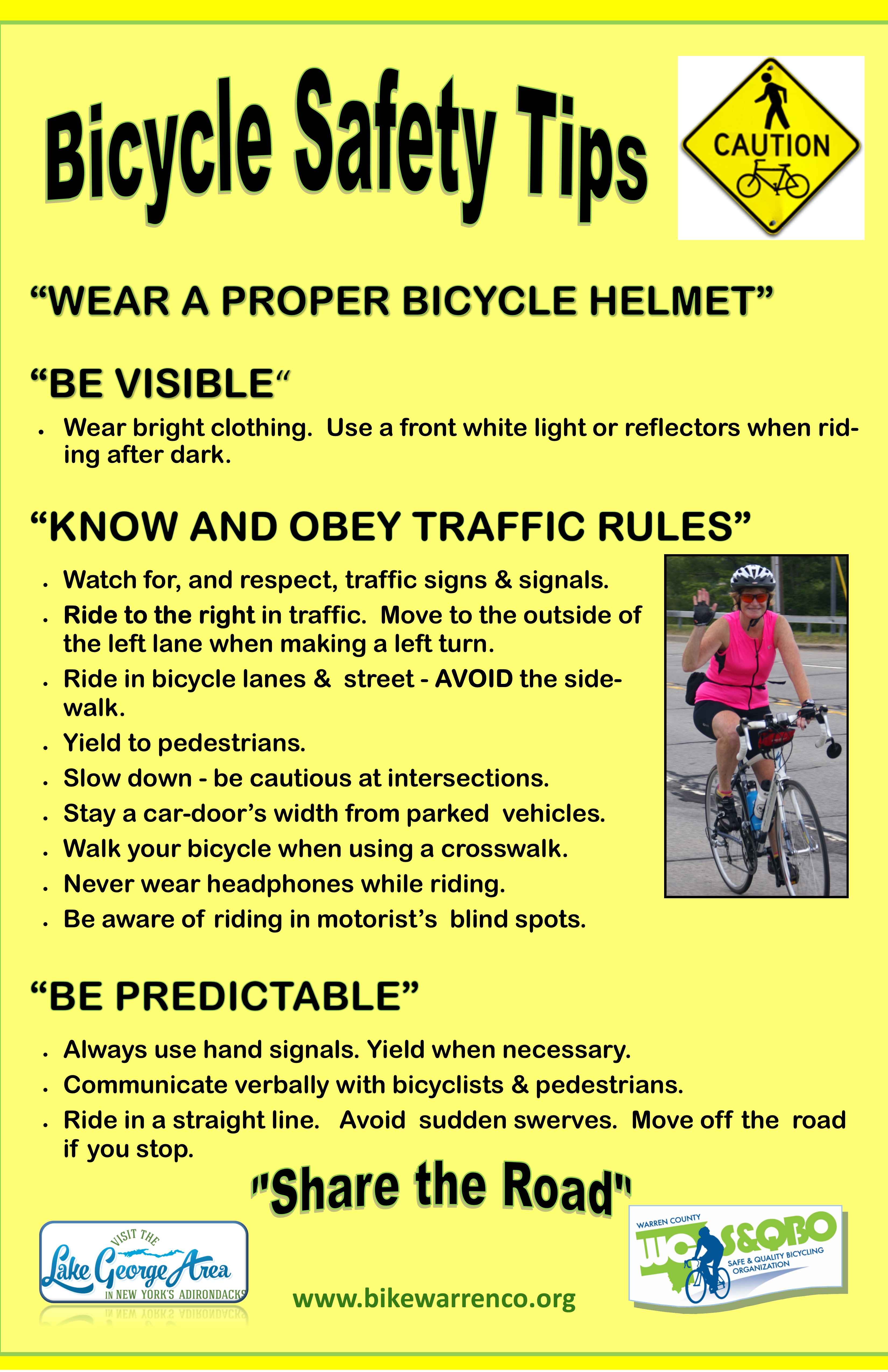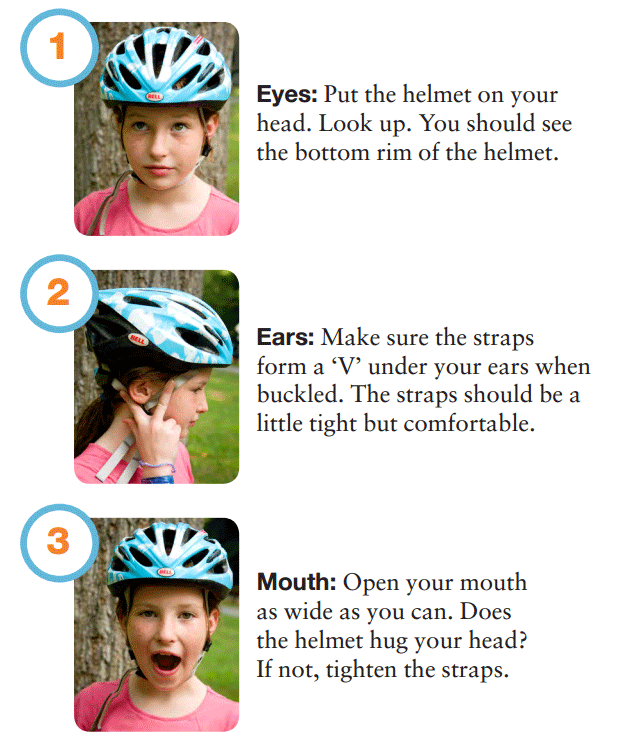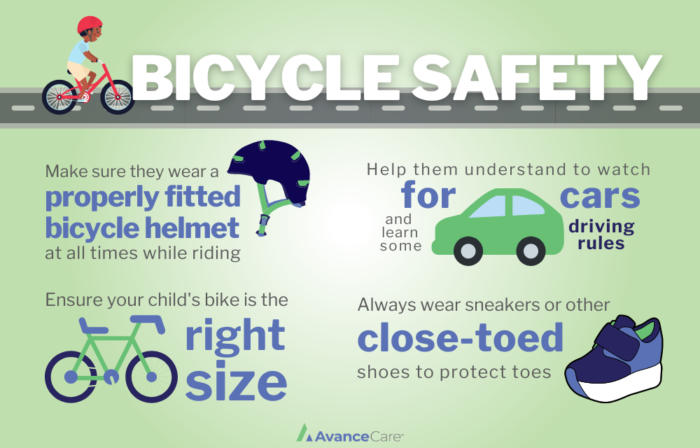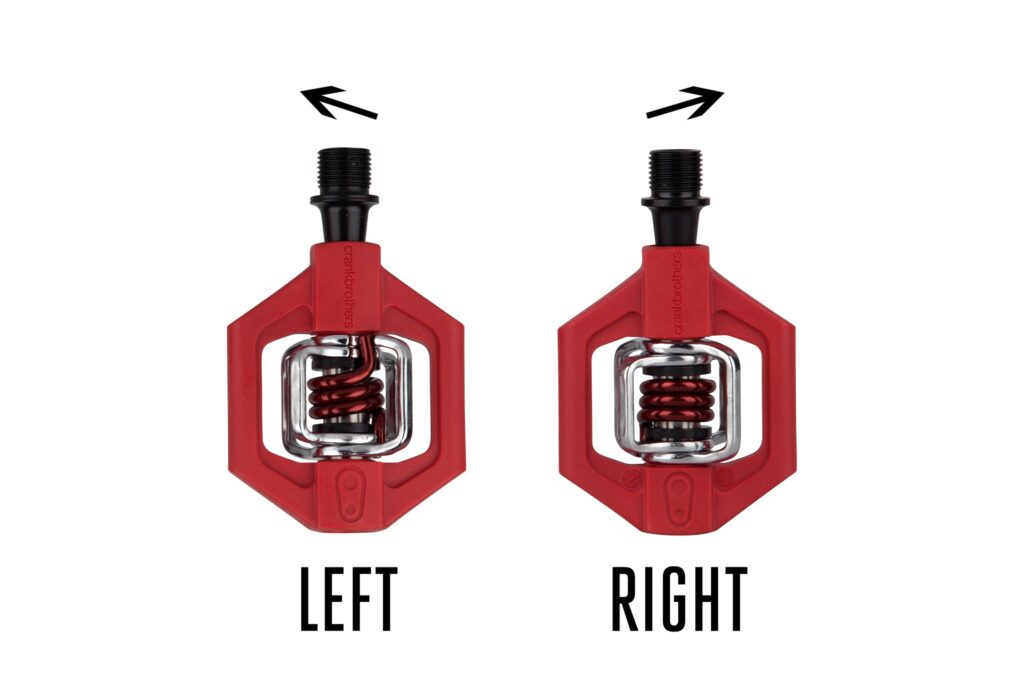Imagine the wind rushing past you as you pedal through the streets on your bike. It’s a feeling of freedom, isn’t it?
But with that freedom comes a responsibility—your safety. Why is bike safety important? This might not be the first thing on your mind as you enjoy the thrill of cycling, but it should be. Bike safety isn’t just about obeying traffic rules; it’s about protecting you and your loved ones from potential harm.
It’s about ensuring that every ride you take is as safe as it is exhilarating. We’ll share the essential reasons why bike safety should matter to you. You’ll learn how small changes can make a big impact, keeping you secure and confident on every journey.
Keep reading to learn how to transform your rides into safe and enjoyable adventures, and find out the simple tips that could change your cycling experience forever. Your safety is worth every moment you spend learning about it.
Importance of Bike Safety

Credit: www.adkcyclingadvocates.org
Riding a bike is a liberating experience. It’s a chance to explore your surroundings, embrace nature, and enjoy the wind on your face. However, this freedom comes with responsibility. Prioritizing bike safety ensures that your adventures remain joyful and secure.
Why Understanding Bike Safety Is Crucial?
Bike safety isn’t just about wearing a helmet. It’s about understanding the rules of the road. Familiarizing yourself with traffic signals and road signs can make a big difference.
Think about the last time you rode your bike. Did you feel confident in your ability to navigate through traffic? Knowing bike safety guidelines boosts your confidence and keeps you prepared for unexpected situations.
How Bike Safety Protects Lives?
Every year, countless accidents involve cyclists, often due to preventable reasons. Wearing a helmet can reduce head injury risk by up to 85%. This simple act can be a lifesaver.
Consider the impact of reflective clothing. It increases your visibility to drivers, especially in low light. Have you ever driven a car at night and struggled to see cyclists? This small change can greatly improve your safety on the road.
Bike Safety: A Community Responsibility
Bike safety is not just a personal concern; it’s a community effort. When everyone follows safety rules, roads become safer for all. This collective responsibility enhances the biking experience for you and others.
Imagine a community where every cyclist, young or old, adheres to safety practices. Wouldn’t that make you feel more secure while riding? By promoting safety, you contribute to a safer environment for all.
Simple Steps To Enhance Your Bike Safety
- Always wear a helmet.
- Use hand signals to communicate with other road users.
- Check your bike’s brakes and tires regularly.
- Ensure your bike is equipped with lights and a bell.
Have you checked your bike’s condition recently? Regular maintenance can prevent accidents caused by faulty equipment.
Remember, every safety measure you take is a step towards more enjoyable and secure rides. Your safety is worth the effort. What changes will you make today to enhance your biking safety?
Common Risks And Dangers
Bike safety is crucial to prevent injuries and fatalities. Riders face risks like traffic accidents, slippery roads, and poor visibility. Wearing helmets and following traffic rules significantly reduce these dangers, ensuring a safer ride.
Riding a bike can be a thrilling experience, offering freedom and a rush of adrenaline. However, it’s important to acknowledge the common risks and dangers associated with biking. These hazards can be minimized with proper precautions, but understanding them is the first step to ensuring your safety on the road.
Unexpected Obstacles
Imagine biking down a scenic route when suddenly a pothole appears. Such obstacles are unpredictable and can cause severe accidents. You might think it’s just a minor inconvenience, but hitting a pothole can lead to losing control of your bike. Always keep an eye on the road and anticipate potential hazards.
Vehicle Collisions
One of the most significant risks is sharing the road with larger vehicles. Cars might not see you, especially at intersections. Have you ever found yourself almost invisible to a driver who is distracted or in a hurry? Being aware of your surroundings and making yourself visible with lights or reflective gear can reduce this risk.
Weather Conditions
Weather plays a significant role in bike safety. Rain can make roads slippery, while fog can obscure visibility. Have you ever tried biking during a sudden downpour? It’s not only uncomfortable but can also be dangerous. Check weather forecasts before heading out and dress accordingly.
Inattention
Distractions can be deadly, whether you’re a seasoned cyclist or a newbie. It’s easy to get lost in thought or your surroundings, but this can lead to accidents. Have you ever missed a turn because you were daydreaming? Stay focused and alert. Your safety depends on it.
Equipment Failure
Your bike must be in top condition to ensure safety. A loose brake or flat tire can spell disaster. Have you ever experienced a sudden tire burst while biking? Routine checks and maintenance can prevent such issues. Spend time inspecting your bike before every ride.
Are you taking these risks seriously? Incorporating safe practices in your biking routine can transform your experience. What measures will you adopt to ensure a safer ride? Prioritize your safety to enjoy biking without the worry of unexpected dangers.
Essential Safety Tips

Credit: www.stanfordchildrens.org
Riding a bike offers freedom and joy. Yet, safety remains crucial. Essential safety tips can protect you on the road. Knowing these tips makes biking safer and more enjoyable.
Wear A Helmet
Always wear a helmet while biking. It guards your head against injuries. Choose a helmet that fits well. Ensure it meets safety standards for maximum protection.
Check Your Bike Regularly
Regular checks keep your bike in top shape. Inspect brakes, tires, and chains often. Ensure everything works properly before each ride. A well-maintained bike reduces accident risks.
Use Reflective Gear
Visibility is vital, especially at night. Wear bright or reflective clothing. Attach reflectors to your bike. This makes you more visible to drivers.
Follow Traffic Rules
Obey traffic signals and signs. Ride in the same direction as traffic. Use hand signals for turns. These actions help prevent accidents.
Stay Alert
Stay focused while riding. Avoid distractions like phones or music. Watch for cars, pedestrians, and other cyclists. Staying alert helps you react quickly to dangers.
Keep A Safe Distance
Maintain space from vehicles and other cyclists. This gives you time to stop or turn. A safe distance reduces the risk of collisions.
Plan Your Route
Choose routes with bike lanes or less traffic. These paths are safer for cyclists. Planning your route reduces stress and enhances safety.
Verdict: Why is Bike Safety Important?
Bike safety is important because it helps prevent serious injuries and saves lives. Wearing a helmet, following traffic rules, and staying alert can reduce accidents. Safe riding protects not only the cyclist but also others on the road. It builds confidence, especially for young or new riders. Taking simple steps can make every ride safer and more enjoyable. Safety should always come first when using a bicycle.



